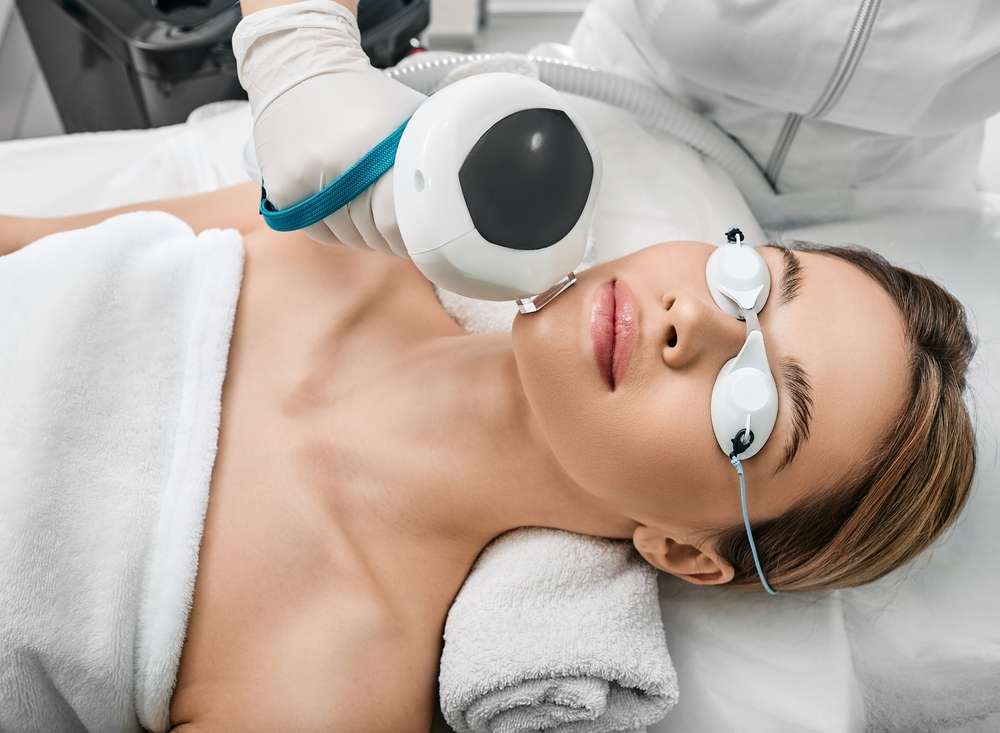Melasma Treatment: Approaches for Skin Pigmentation
Melasma is a common pigmentary condition that appears as symmetric brown or gray-brown patches, most often on the face. It can affect skin tone and texture and is linked to hormonal shifts, sun exposure, and genetic predisposition. Treatment aims to reduce pigmentation, prevent recurrence, and minimize side effects; outcomes vary by skin type, cause, and consistency of care.

This article is for informational purposes only and should not be considered medical advice. Please consult a qualified healthcare professional for personalized guidance and treatment.
What causes melasma pigmentation on the skin?
Melasma develops when melanocytes (pigment-producing cells) create excess melanin in response to triggers. Common contributors include ultraviolet (UV) radiation, hormonal changes such as pregnancy or hormone therapy, certain medications, and genetic susceptibility. Darker skin phototypes may show more noticeable pigmentation and can react differently to treatments. Identifying and reducing triggers—especially sun exposure—is a foundational step in managing melasma and reducing new pigment formation.
Which topical treatments are used for melasma?
Topical therapies are often first-line treatment for melasma. Prescription options commonly include bleaching agents such as hydroquinone, retinoids (to increase cell turnover), and azelaic or kojic acid formulations. Combination creams that pair agents (for example, hydroquinone with a retinoid and a mild steroid) are used under supervision to enhance response and reduce irritation. Daily broad-spectrum sunscreen and sun-protective measures are essential alongside topical therapy to maintain gains; inconsistent use often leads to recurrence.
When is laser treatment considered for melasma?
Laser and light-based therapies can help some patients but require careful selection. Certain lasers that target pigment (Q-switched or picosecond for deeper pigment) and fractional non-ablative lasers can reduce visible pigmentation in some cases. However, melasma is prone to rebound hyperpigmentation or worsening after aggressive laser procedures, especially in darker skin tones. Laser treatment is generally reserved for patients who have not responded to topical regimens and should be delivered by clinicians experienced with pigment disorders to minimize risk.
How do procedural treatments like peels and microneedling help?
Superficial chemical peels (glycolic acid, salicylic acid) and controlled microneedling sessions can assist by promoting exfoliation and improving absorption of topical agents. Chemical peels are usually mild to moderate and repeated at intervals; they can lighten epidermal pigmentation but may be less effective for deeper pigment. Microneedling creates microchannels that can enhance the delivery of lightening serums and has been combined with topical therapies. All procedural options carry a risk of irritation or pigmentary changes, so patch testing and conservative approaches are recommended.
How to manage melasma long-term and find local services
Long-term melasma control focuses on maintenance therapy and prevention. Daily sunscreen use (broad-spectrum SPF 30+ with frequent reapplication), protective clothing, and limiting peak sun exposure reduce new pigmentation. Maintenance topical treatments at lower frequencies may sustain improvement. When seeking local services, look for board-certified dermatologists or experienced clinicians who assess skin type, pigment depth, and medical history. Ask about treatment plans that combine topical care with procedural options and request before-and-after examples for similar skin types. Telemedicine consultations can provide initial assessments for patients in your area.
Conclusion
Melasma treatment is often multi-step and individualized: identifying triggers, consistent sun protection, appropriate topical regimens, and cautious use of procedural therapies all play roles. Response to treatment varies and long-term maintenance is frequently necessary to prevent recurrence. Discuss options and expectations with a qualified clinician who can tailor an approach to your skin type and the depth of pigmentation.




